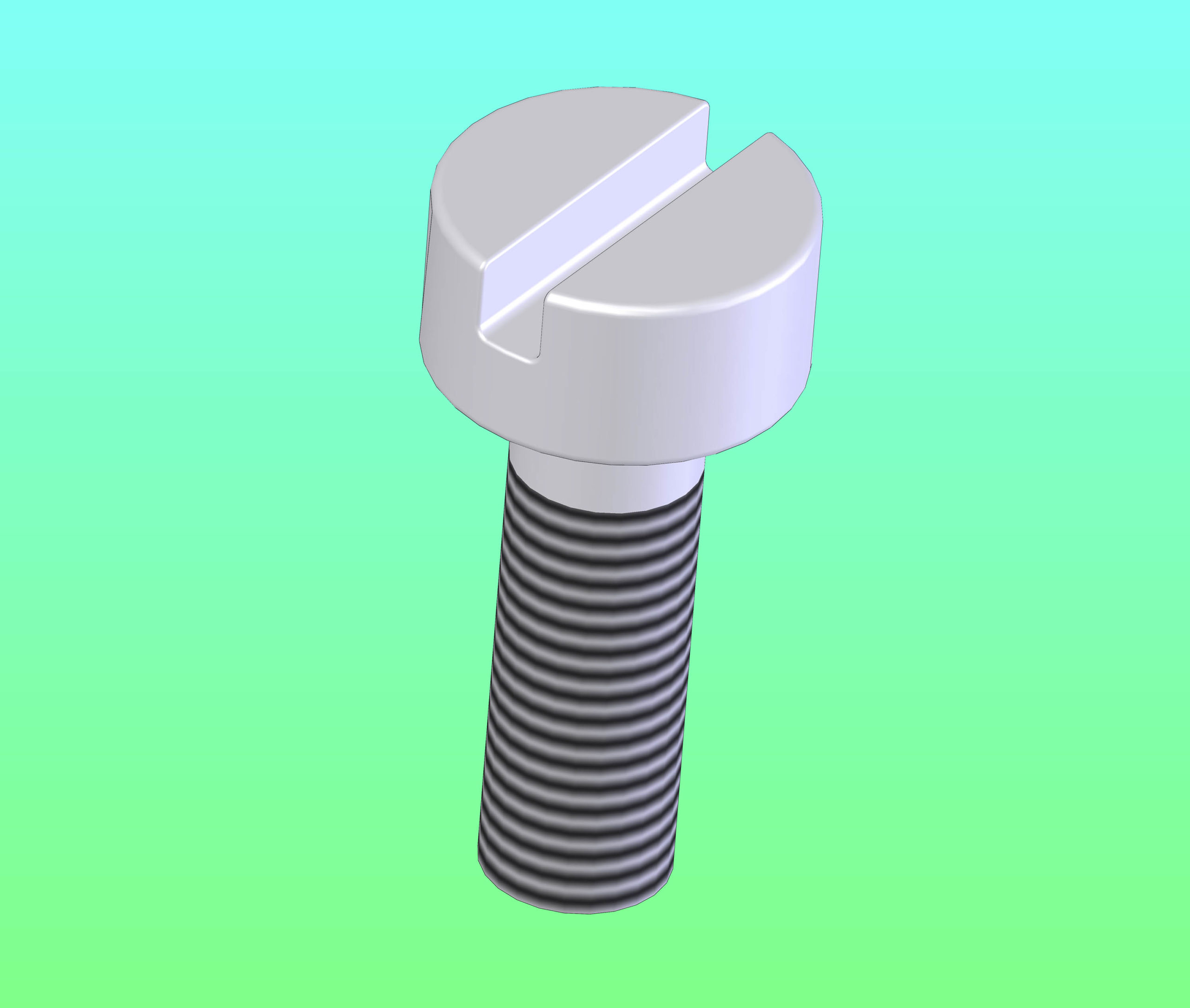Using 50 durometer O-rings sounds like a possible alternative, but I have never had issues with the basic 70 durometer O-rings.
I always use good traditional silicone grease. I would never use Christo-lube (or any of the other O2 compatible grease) for this application. The traditional silicone grease is a much better lubricant and it doesn’t break down and separate with time.
You do not need O2 compatible lubricant with ambient pressure gear. You only need O2 compatible lubricant in the first stage if you are using high O2 mixtures (> 40%).
I have about 8 different DSV on different regulator hoses and regulators. Many tend to sit for many weeks or months without using them. The silicone lubricant doesn’t separate or break down on them. I just rotate them before a dive and they work well.
I designed the O-ring groove clearance in the DSV for size -028 O-rings, but I have also used some metric: 2mm x 35mm. It is a bit thicker (2 mm = 0.078 inches, versus 0.070 inches for standard O-ring).
Even with the thicker O-ring I have not had any issues, but molded parts do have some variations due to tolerance.
I always use good traditional silicone grease. I would never use Christo-lube (or any of the other O2 compatible grease) for this application. The traditional silicone grease is a much better lubricant and it doesn’t break down and separate with time.
You do not need O2 compatible lubricant with ambient pressure gear. You only need O2 compatible lubricant in the first stage if you are using high O2 mixtures (> 40%).
I have about 8 different DSV on different regulator hoses and regulators. Many tend to sit for many weeks or months without using them. The silicone lubricant doesn’t separate or break down on them. I just rotate them before a dive and they work well.
I designed the O-ring groove clearance in the DSV for size -028 O-rings, but I have also used some metric: 2mm x 35mm. It is a bit thicker (2 mm = 0.078 inches, versus 0.070 inches for standard O-ring).
Even with the thicker O-ring I have not had any issues, but molded parts do have some variations due to tolerance.






